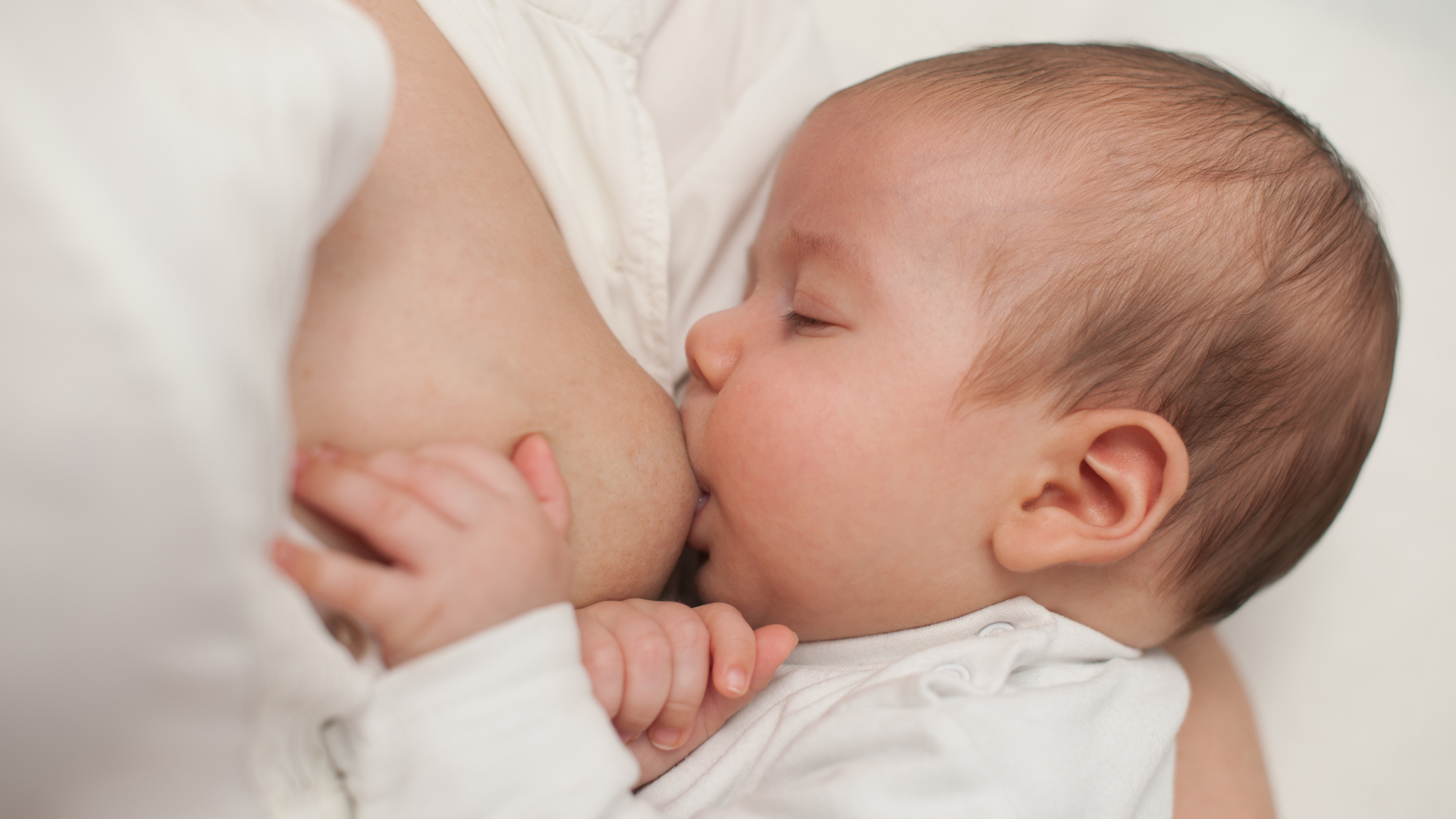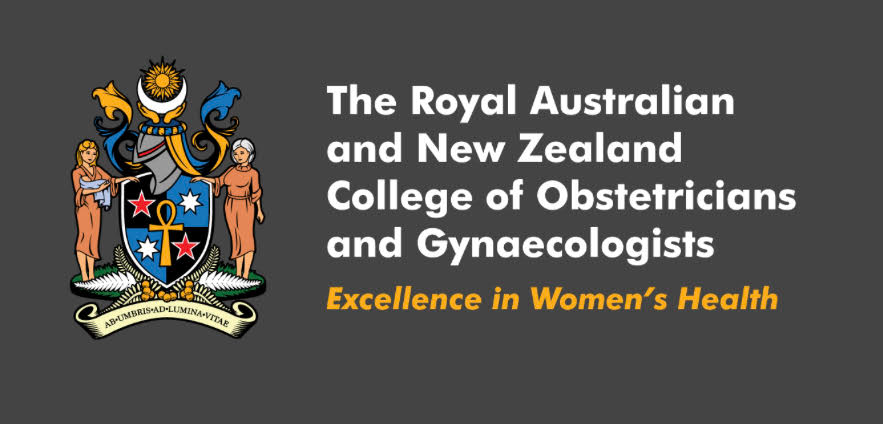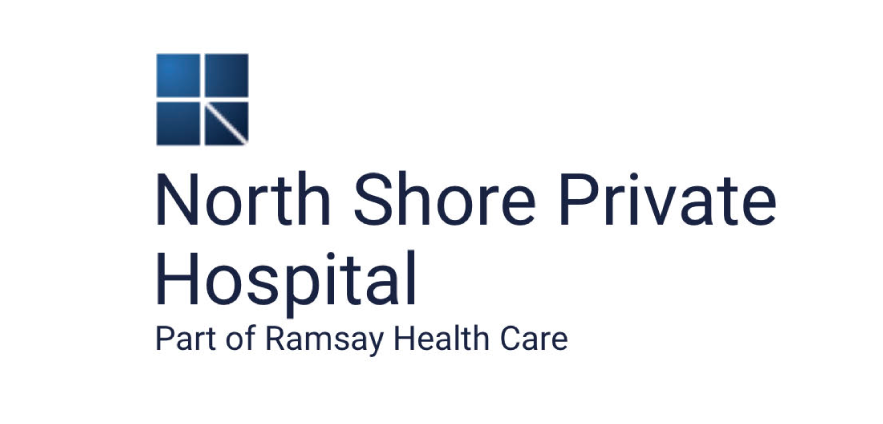

Mastitis is one of the common causes of fever for women in the postpartum period. It can occur in more than 20% of women and can be very debilitating.
It usually occurs due to a blocked duct or when the breasts are engorged causing milk stasis. Skin bacteria such as staph, can get into the breast if the nipple is cracked or blistered resulting in infectious mastitis.
Mastitis can cause flu like symptoms such as high fevers > 38.5°C, lethargy, muscle aches, redness and pain in the affected breast.
Early recognition of mastitis is key to minimising the symptoms and the severity. The most important treatment is to keep the breast as empty as possible by continuing to feed and express from the affected breast. Massage the area of redness under the shower. Sometimes the use of ultrasound with a physiotherapist can help. Often antibiotics will be needed. These are safe for breastfeeding babies. It is also beneficial to seek assistance from a lactation consultant who can assess your breastfeeding technique and provide some helpful advice to minimise the chances of reoccurrence.
If untreated mastitis may progress on to a breast abscess that can sometimes require surgical drainage.
If you would like further information on mastitis, the Australian Breastfeeding Association (ABA) has helpful articles and advice, as well as a 24-hour telephone helpline for support. www.breastfeeding.asn.au




